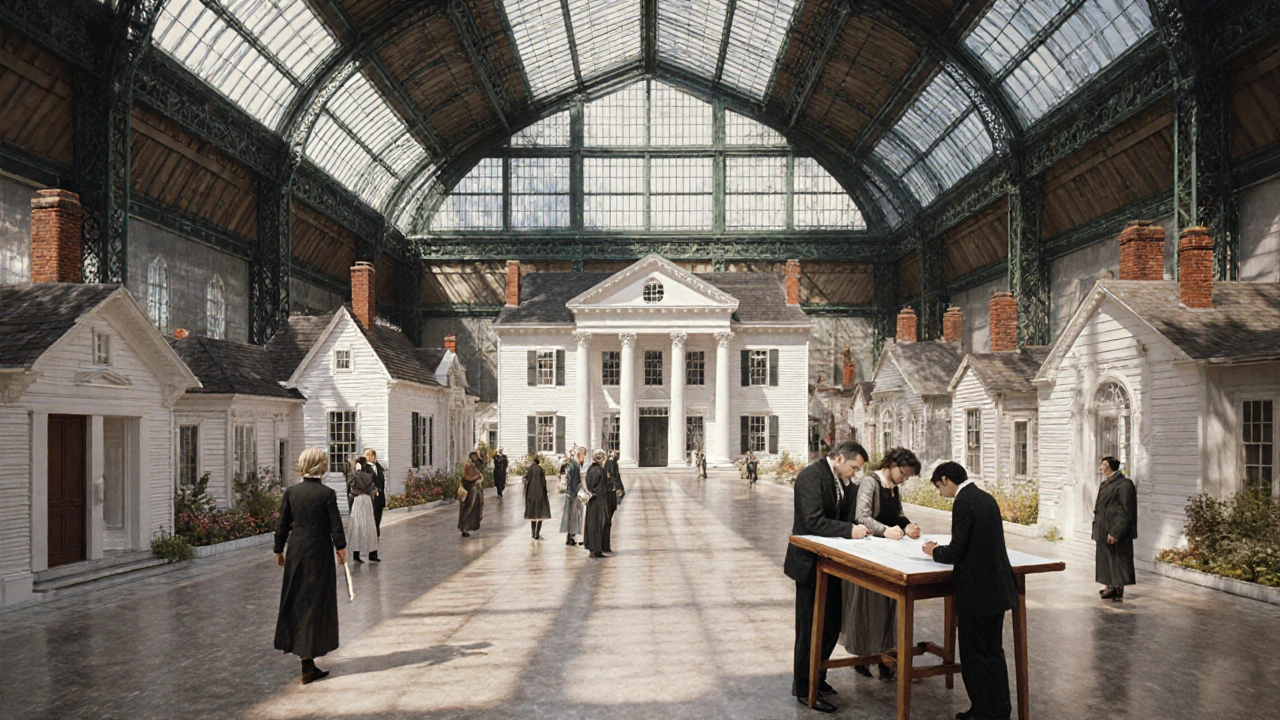19th Century Revival Styles
When exploring 19th century revival styles, a wave of architectural movements in the 1800s that borrowed from earlier historic periods to shape modern identity. Also known as historic revival architecture, it reflects a desire to link the present with celebrated past forms. One of the most recognizable strands is Greek Revival, an interpretation of ancient Greek temples that uses columns, pediments, and symmetrical facades. Another key player is Gothic Revival, a romantic re‑imagining of medieval cathedrals featuring pointed arches, ribbed vaults, and ornate tracery. The movement also includes Renaissance Revival, a revival of the proportion, order, and classical motifs of 15th‑century Italian architecture, and Dutch Colonial Revival, a nod to early American Dutch settlers, marked by gambrel roofs and flared eaves. In short, 19th century revival styles encompass a diverse set of substyles that each reinterpret a historic language for a new era.
Why the 1800s Became a Playground for the Past
Industrialization altered how people built, but it also sparked a longing for visual continuity. Architects turned to Greek temples to convey democracy, to Gothic cathedrals to evoke spirituality, and to Renaissance palazzos to suggest cultural refinement. The pattern is clear: the chosen historic source influenced the building’s purpose. For example, Greek Revival courthouses used sturdy Doric columns to symbolize law and order, while Gothic Revival churches employed soaring spires to lift worshippers’ thoughts toward the heavens. This cause‑and‑effect relationship shows how each revival style required a deep understanding of the original era’s construction techniques and symbolic language.
Modern designers still borrow from these 19th‑century playbooks. If you walk through a university campus and spot a quadrangle framed by arches and pilasters, you’re likely seeing a Gothic Revival influence that was meant to inspire scholarly gravitas. A suburban home with a symmetrical front, fluted columns, and a pedimented portico is a nod to Greek Revival ideals of balance and civic virtue. By recognizing these cues, you can read a building’s story just as an art historian would. Below, the collection of articles breaks down each style’s origins, signature elements, regional twists, and preservation tips, giving you a toolbox to identify and appreciate these timeless revivals.

Colonial Revival Architecture: A Rich Historical Overview
Explore the origins, key features, major architects, and lasting impact of Colonial Revival architecture in an engaging, detailed guide.
Read more